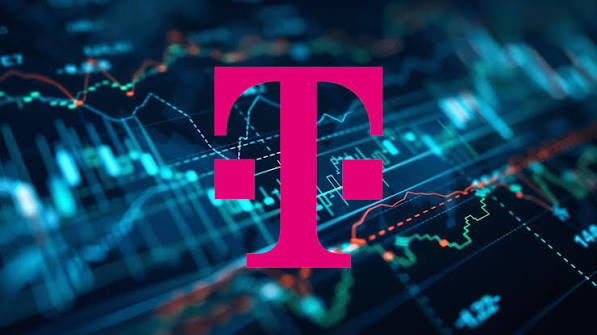
In 2024, there were 27 weather and climate disasters in the USA that caused damage amounting to at least USD 1 billion. According to the National Oceanic and Atmospheric Administration (NOAA), the total number of destructive disasters was only just below the record set in 2023.
Whether the destruction was caused by fire, tornadoes, floods or hurricanes, they all have one thing in common: they put a strain on the infrastructure that provides digital connectivity. T-Mobile $DTE (+0.17%)
$TMUS (+0.17%) has launched several new tools to help first responders and governments improve their ability to respond with technology.
While T-Mobile is deploying community support teams in disaster zones to provide Wi-Fi and device charging stations, the team has also introduced tools such as a dynamic 5G slice specifically for first responders, an extensive drone fleet and satellite text messaging capabilities for cell phones.
"I've never seen so many technological advances as I have in the last year that are really changing the way we work," said Nicole Hudnet, national advisor and ESF 2 lead for T-Mobile Emergency Response, in an interview with Government Technology.
》NEW NETWORK SLICE PRIORITIZES FIRST RESPONDERS《
T-Mobile has released what it claims is the country's "first 5G slice that prioritizes public safety". It's called T-Priority and is a 5G network slice designed specifically for first responders.
Hudnet noted that in working with the Los Angeles Fire Department, T-Mobile activated more than 350 devices with T-Priority, giving first responders and command posts access to tools like AI-powered mapping software and the ability to stream live drone imagery.
》DIRECT SATELLITE SMS ENABLE EMERGENCY ALERTS《
T-Mobile also launched T-Satellite, a mobile service that connects smartphones in areas without traditional cellular coverage with direct-to-mobile satellite text messaging capabilities.
The service was first activated in direct response to a crisis situation when the FCC granted T-Mobile and Starlink special temporary authority to use SpaceX's satellite technology for direct-to-mobile text messaging to send emergency text messages and alerts in some areas affected by Hurricane Helene.
In the video above, Hudnet explained the impact that early deployment had during the disaster.
"This was at a very early stage, we had no guarantee of service. But we said, 'If we can send one message, one is better than none,' and we saw over a million people were connected," Hudnet said.
Since that first deployment, T-Satellite has been used in other disasters, such as the flooding in Central Texas in July.
"T-Satellite is really like a flashlight in the dark," Hudnet said, adding that T-Satellite connected up to 93,000 people during the event.
》A NEW FOCUS ON DRONE TECHNOLOGY《
The flooding in Texas also prompted T-Mobile to increase its drone fleet by 50 percent to get to the scene of disasters faster.
The company is investing in heavy-lift drones that can fly several miles and carry up to 100 pounds to deliver supplies and drop portable communication devices. It has also added specialized drones to its fleet that are equipped with thermal imaging cameras and high-resolution lidar cameras to locate people, map damage, direct emergency crews and illuminate the scene of an accident.
At the same time, wired drones can remain airborne at altitudes of up to 400 feet, creating temporary cellular coverage with a diameter of about two miles.
According to Hudnet, the company's drone team has been integrated into Texas Parks and Wildlife to assist with aerial operations, support search and recovery efforts, and provide assistance in mapping and monitoring airspace.
"This greatly enhances emergency response, whether it's monitoring a community or transmitting live images from the scene so responders who can't physically reach a location can send a drone there and stream the images back," she said.
》A NEW FOCUS: CYBER INCIDENT MANAGEMENT《
T-Mobile often works with agencies in their most challenging moments, but much of the work takes place on "blue days," when the company plans and coordinates with state, local and federal partners. Hudnet explained that the theme for disaster response in 2025 is the importance of a PACE (Primary, Alternate, Contingency, Emergency) communications plan.
"Those relationships, especially at the state and local level, are so important for working with other stakeholders, whether it's with utilities and energy providers to help us coordinate together to restore those communities. They also help us mitigate access issues and road closures, get escorts into areas and get us into areas where there are access issues so we can restore those communities quickly," Hudnet said. "Those relationships are absolutely critical and central to the response in a community."
These relationships also come into play during critical cybersecurity incidents. T-Mobile has assisted several government agencies after major cyberattacks when they are often asked to provide hotspots and routers, such as this summer when St. Paul, Minnesota, declared a state of emergency due to a cyberattack.
"We did get them there quickly, but that response is not immediate, as opposed to when the equipment is on site," she said.

